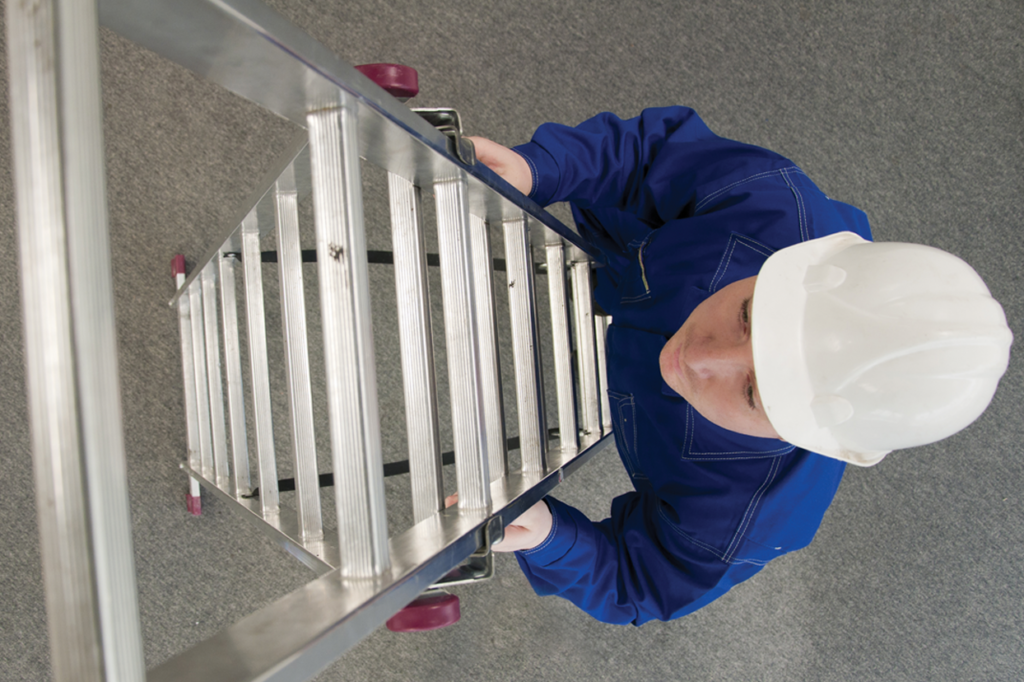For remote employees, working from home can create emotional and mental health issues.
Amid the frenzied transition for many people to work from home during COVID-19, some important aspects of a healthy workplace may have taken a backseat, such as mental health considerations, communication practices, ergonomic adjustments and general safety preparations.
Here’s how you can help employees stay safe and engaged while working from home.
Support employees’ mental health
Mental health support should be high on the list of resources to provide an employee working from home.
Working from home presents many emotional and mental health challenges, including social isolation, stress, depression and anxiety. They can cause decreased engagement in work, reduced communication with coworkers, and lower productivity.
Addressing mental health issues in the workplace can help employers reduce health care costs for their businesses and employees. These ideas may help reduce workplace mental health issues:
- Share mental health self-assessment tools with employees, or offer free or subsidized lifestyle coaching, counseling, or self-management programs.
- Offer good health insurance that has no or low out-of-pocket costs for mental health-related medications and counseling.
- Train managers to identify signs and symptoms of stress and depression in team members and inform them about the available resources for support.
- Encourage employees to set boundaries, such as keeping work to a single room in their home, taking breaks away from that space, and setting work hours to establish a clear beginning and end to the workday.
- Share ideas for productivity, such as setting a daily routine that is similar to that of going into a physical office. Adding structure, setting deadlines, and creating a hierarchy of work tasks to complete daily can motivate some employees, which in turn may reduce stress levels.
- Manage expectations by understanding the unique challenges of your employees who are working from home.
Talking to your employees about their needs can help you address them individually.
“It’s important to create dialog with an employee about their needs, ask them questions and then take measures to support them,” said Jody Rogers, SFM Senior VP & Chief Human Resources Officer.
Rogers said that simply being aware of and demonstrating a foundation for employees’ needs creates a better culture and work atmosphere, no matter the location of the employee.
Evaluate the ergonomics of your employees’ workspace
Creating an ergonomically sound work set-up can help employees avoid aches and pains.
“It’s worth taking a little time to set up your space in a way that allows you to be safe working from home and have a comfortable work set-up,” said Stacie Goodrich, President and COO, CompRehab, an SFM subsidiary.
Achieve neutral posture
An individual’s feet should comfortably meet the floor or a footrest so their thighs are fully supported by the chair seat. Their hips should sit at an angle between 90-110 degrees, with their knees slightly lower than their hips.
The chair backrest should support the back and ideally the natural curve of the spine. Upper arms should rest comfortably at their sides with elbows at a 90-110 degree angle and wrists straight or flat on the keyboard and mouse.
The individual’s head should be centered over their neck and shoulders.
If an employee does not have these ergonomics in place at their workstation, you can offer up some tips to help them get there.
- Raise their chair height with pillows
- Add a foot rest for lower body support
- Add a rolled up towel for lumbar support
- Use an ironing board supported by the wall for a stand-up desk
Avoid eye strain
Encourage employees to take a break from their screens and look away every 20 minutes. They should be aware of lighting and position their work area near natural light, if possible. Ask them to adjust their screen accordingly to maintain neutral alignment of their neck and to reduce eye strain.
Reduce neck aches
If an employee uses a phone often when working from home, have them set up a headset or use the speakerphone option to prevent neck strain. They should avoid cradling a phone receiver between their shoulder and head.
Get up and move
Goodrich said the most important ergonomic change someone can make is to increase movement and change posture and position throughout the workday.
Encourage employees to take frequent breaks to change up their posture, stretch and take short walks outside or around their house.
Some easy ways to remember to incorporate movement are:
- Standing up while on the phone
- Posting a guide of stretches close by as a reminder
- Drinking more water and refilling frequently
Assess your employees’ home workspace for safety hazards
In an office setting, communal and desk area safety checks are usually part of the day-to-day business. However, when an employee is working from home, the task of maintaining safety falls to the employer and the employee working remotely.
Telework, the Federal Government’s alternate worksite resource website, provides a safety checklist . Here are a few important takeaways:
- Ensure all electrical cords, plugs, outlets and panels are in good condition, there is no exposed or damaged wiring, and no extension cords or power strips are daisy chained.
- Turn off all equipment when not in use.
- Free your area from clutter and make sure all paper and other flammables are away from heat sources and electrical outlets.
- Make sure carpets are well secured to the floor and move cords and other trip hazards.
- Check that walkways and doorways are unobstructed.
- Ensure you have working smoke and carbon monoxide detectors, and a multi-use fire extinguisher.
Working from home presents both mental health and safety risks. By promoting awareness around the risks and challenges of maintaining a home office and schedule, you can help minimize the negative effects for your employees.


